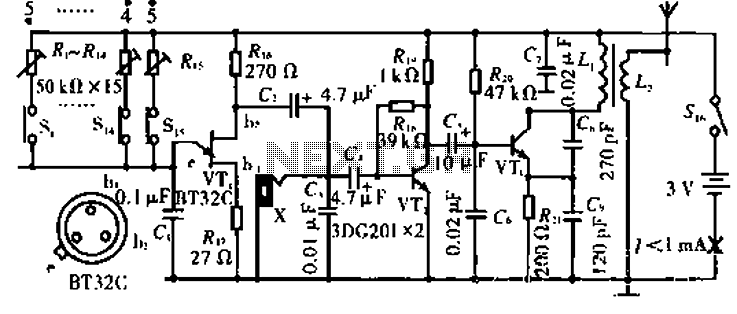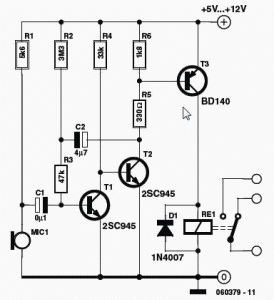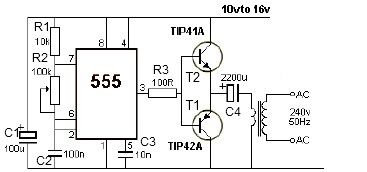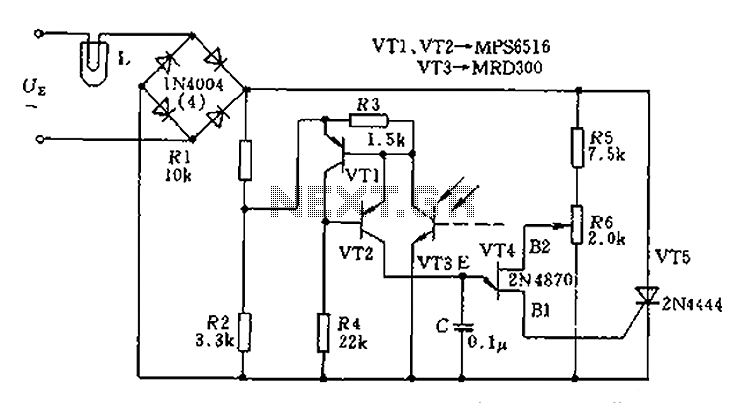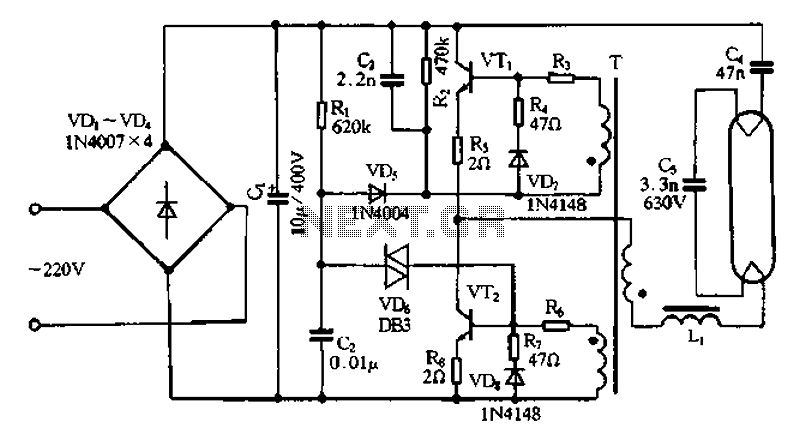
Oscilloscope triggered sweep circuit
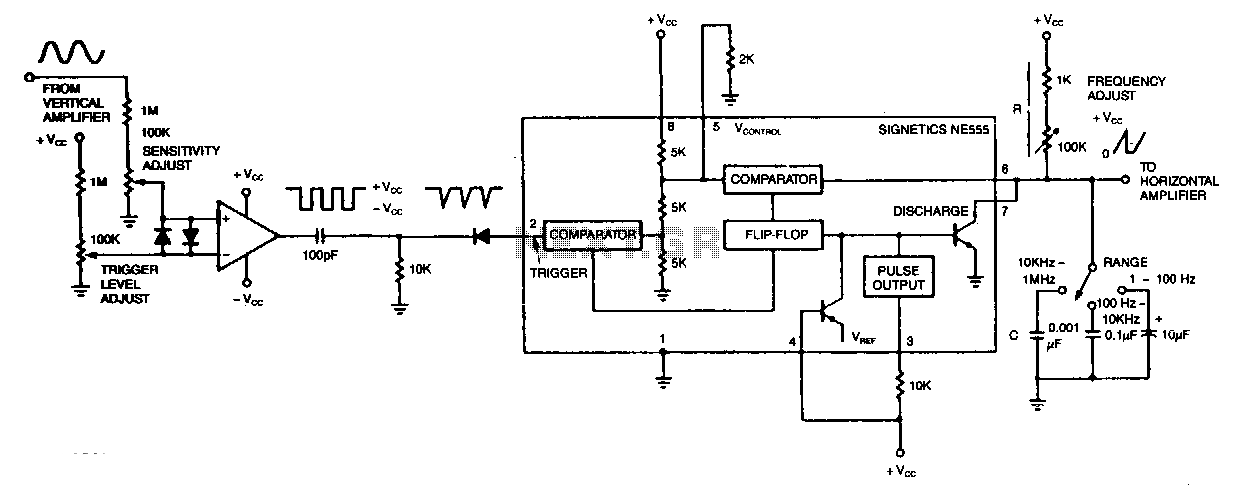
The circuit's input operational amplifier triggers the timer, sets its flip-flop, and cuts off its discharge transistor, allowing capacitor C to charge. When the voltage across the capacitor reaches the timer's control voltage of 0.33 Vee, the flip-flop resets, and the transistor conducts, discharging the capacitor. Greater linearity can be achieved by substituting a constant-current source for the frequency adjustment resistor R.
The described circuit utilizes an operational amplifier (op-amp) as a comparator, which plays a critical role in controlling the timing sequence. The op-amp compares the voltage across capacitor C with a reference voltage equivalent to 0.33 times the supply voltage (Vee). When the input voltage from the op-amp exceeds this threshold, it triggers the timer circuit, which is typically configured using a monostable or astable multivibrator configuration.
The timer's output is connected to a flip-flop, which serves to maintain the state of the circuit during the timing interval. When the flip-flop is set, it disables the discharge transistor, allowing capacitor C to charge through a designated charging path. The charging time is determined by the RC time constant, where R is the resistance in series with the capacitor, and C is the capacitance value.
Once the voltage across the capacitor reaches the specified control voltage, the flip-flop resets. This action enables the discharge transistor, which creates a path for the capacitor to discharge rapidly. The discharge path is crucial for resetting the circuit to its initial state, allowing for subsequent cycles of operation.
To enhance the linearity of the timing behavior, a constant-current source can be introduced in place of the variable resistor R used for frequency adjustment. This modification ensures that the charging current remains stable, resulting in a more predictable and linear voltage rise across the capacitor. Such an improvement is particularly beneficial in applications requiring precise timing intervals and consistent performance across varying conditions.
Overall, this circuit design effectively demonstrates the interplay between analog components, providing a reliable method for timing applications while allowing for adjustments to optimize performance characteristics.The circuit"s input op amp triggers the timer, sets its flip-flop and cuts off its discharge transistor so that capacitor C can charge. When capacitor voltage reaches the timer"s control voltage of 0.33 Vee. the flip-flop resets and the transistor conducts, discharging the capacitor.
The described circuit utilizes an operational amplifier (op-amp) as a comparator, which plays a critical role in controlling the timing sequence. The op-amp compares the voltage across capacitor C with a reference voltage equivalent to 0.33 times the supply voltage (Vee). When the input voltage from the op-amp exceeds this threshold, it triggers the timer circuit, which is typically configured using a monostable or astable multivibrator configuration.
The timer's output is connected to a flip-flop, which serves to maintain the state of the circuit during the timing interval. When the flip-flop is set, it disables the discharge transistor, allowing capacitor C to charge through a designated charging path. The charging time is determined by the RC time constant, where R is the resistance in series with the capacitor, and C is the capacitance value.
Once the voltage across the capacitor reaches the specified control voltage, the flip-flop resets. This action enables the discharge transistor, which creates a path for the capacitor to discharge rapidly. The discharge path is crucial for resetting the circuit to its initial state, allowing for subsequent cycles of operation.
To enhance the linearity of the timing behavior, a constant-current source can be introduced in place of the variable resistor R used for frequency adjustment. This modification ensures that the charging current remains stable, resulting in a more predictable and linear voltage rise across the capacitor. Such an improvement is particularly beneficial in applications requiring precise timing intervals and consistent performance across varying conditions.
Overall, this circuit design effectively demonstrates the interplay between analog components, providing a reliable method for timing applications while allowing for adjustments to optimize performance characteristics.The circuit"s input op amp triggers the timer, sets its flip-flop and cuts off its discharge transistor so that capacitor C can charge. When capacitor voltage reaches the timer"s control voltage of 0.33 Vee. the flip-flop resets and the transistor conducts, discharging the capacitor.
Greater linearity can be achieved by substituting a constant-current source for frequency adjust resistor R.
